Telehealth revolutionizes healthcare access for adventurers exploring remote campgrounds in Ontario and beyond, bridging the critical gap between wilderness exploration and medical care. When cell signals reach even the most secluded trails, a smartphone transforms into a lifeline to board-certified physicians, delivering real-time medical consultations for everything from tick bites to altitude sickness. This digital evolution in rural healthcare means backpackers no longer need to choose between seeking medical attention and maintaining their outdoor adventure – a virtual doctor’s visit requires only a basic internet connection and a charged device. For the 3.9 million Canadians living in rural communities, telehealth services have become an essential tool, reducing average emergency response times from hours to minutes and ensuring that geographic isolation no longer equals medical isolation.
Telehealth Services Now Available in Ontario’s Parks
Available Services and Coverage Areas
Throughout Ontario’s rural areas, telehealth services have expanded significantly, offering a variety of virtual healthcare options for outdoor enthusiasts and remote community residents. Primary care consultations, mental health support, and basic medical assessments are widely available through the Ontario Telehealth Network (OTN).
Most provincial parks and major campgrounds now maintain reliable cellular coverage for video consultations, though it’s worth checking specific coverage maps before your trip. In areas with limited connectivity, audio-only consultations are available through satellite phones or basic cellular service.
Key services include:
– 24/7 nurse practitioner consultations
– Virtual emergency medicine support
– Prescription renewals
– Mental health counseling
– Chronic condition management
– Basic diagnostic assessments
Coverage is particularly strong along popular hiking trails and camping areas in Southern Ontario, while Northern regions typically offer service through local healthcare centers equipped with telehealth facilities. Many remote lodges and wilderness camps now provide dedicated spaces with reliable internet connections specifically for telehealth consultations.
Remember to download any required apps and test your device’s compatibility before heading to remote locations. It’s also wise to note the coordinates of the nearest telehealth-enabled facility along your route.
How to Connect from Remote Locations
Connecting to telehealth services from remote areas requires some basic but essential setup. First, ensure you have a reliable device – a smartphone, tablet, or laptop with a camera and microphone. While cellular data can work, a stable internet connection is ideal. Many Ontario parks now offer Wi-Fi hotspots at visitor centers, and you might want to explore power solutions for remote locations to keep your devices charged.
Download your healthcare provider’s recommended telehealth app before heading out, as signal strength might be limited once you’re in remote areas. Most Ontario telehealth services work with popular platforms like Zoom or Microsoft Teams, which use minimal data. For areas with spotty coverage, consider a portable Wi-Fi booster or satellite internet device.
Pro tip: Test your connection and do a practice run from home before your trip. Also, scout out spots with the best reception near your campsite or hiking area – usually elevated locations or clearings work best. Remember to keep your device protected from the elements and have a backup power bank handy.

Essential Preparation for Remote Telehealth Access
Required Technology and Apps
To access telehealth services in rural Ontario, you’ll need a few essential tools and apps, starting with a reliable smartphone or tablet with a good camera and microphone. For the best experience, we recommend devices running recent versions of iOS or Android. Just like smart park technology, these devices help bridge the gap between wilderness and modern convenience.
The Ontario Telemedicine Network (OTN) app is your primary gateway to virtual healthcare services. Download it before heading out to remote areas, as connection speeds might be slower in the wilderness. You’ll also need a secure messaging app like Signal or WhatsApp as a backup communication method with your healthcare provider.
For stable video consultations, aim for an internet connection of at least 1.5 Mbps download speed. While many provincial parks now offer Wi-Fi hotspots, it’s wise to have a mobile hotspot device or a phone plan with adequate data coverage. Consider downloading offline maps and medical information apps that work without internet connectivity.
Don’t forget to pack a basic medical kit with a thermometer, blood pressure monitor, and pulse oximeter – these tools can provide valuable information to healthcare providers during virtual consultations. Keep your device chargers and a portable power bank handy to ensure you stay connected when needed.

Backup Plans and Safety Tips
While telehealth is a fantastic resource for rural areas, it’s essential to have backup plans ready. Always keep a well-stocked first aid kit in your backpack or vehicle, including basic medications, bandages, and any personal prescriptions. Before heading to remote locations, download offline maps and save important medical contact numbers – they could be lifesavers when cellular service is spotty.
Consider investing in a satellite phone or emergency beacon for areas without cell coverage. Many Ontario parks have emergency stations with direct lines to medical services – make note of their locations when you arrive at your destination. It’s also wise to inform someone about your travel plans and expected return time.
For chronic conditions, carry a printed copy of your medical history and medication list. Some remote communities have visiting nurse programs or mobile clinics – research these services in advance and keep their schedules handy. Local pharmacies in rural towns often maintain emergency supplies and can be valuable resources.
Remember that weather conditions can affect internet connectivity. Have a plan for reaching the nearest physical healthcare facility, and always keep your vehicle’s gas tank at least half full. Consider joining a medical evacuation service if you frequently venture into very remote areas. These simple precautions ensure you’re prepared for situations when telehealth isn’t an option.
Real Success Stories from Ontario’s Parks

Emergency Response Success Stories
In the rugged wilderness of Northern Ontario, telehealth has proven to be a lifeline for outdoor enthusiasts facing medical emergencies. Take Sarah’s story, for instance – while hiking the Lake Superior Coastal Trail, she experienced severe allergic reactions to an unknown plant. Through a satellite-connected telehealth session, medical professionals guided her group through proper first aid procedures and coordinated with local emergency services for evacuation.
Another remarkable case occurred at a remote camping site near Algonquin Park, where a camper experiencing chest pains received critical care instructions via telehealth. The attending physician was able to assess the situation through video consultation and expedite emergency helicopter transport, potentially saving the camper’s life.
During a winter camping expedition in 2022, a group of snowmobilers used telehealth services when one member showed signs of hypothermia. The remote doctor provided step-by-step guidance for immediate treatment while emergency responders made their way to the location. Thanks to the quick virtual intervention, the situation was stabilized before physical help arrived.
These success stories highlight how telehealth bridges the crucial gap between wilderness adventures and emergency medical care, making outdoor exploration safer for everyone.
Non-Emergency Care Examples
Telehealth has revolutionized how rural communities handle routine medical needs, making healthcare more accessible than ever. Common non-emergency situations effectively managed through virtual consultations include follow-up appointments after minor injuries, prescription refills, and general health questions that arise during outdoor adventures.
For instance, hikers experiencing mild altitude sickness can connect with healthcare providers who offer guidance on symptom management without leaving their campsite. Seasonal allergy sufferers can receive expert advice and prescription adjustments while exploring Ontario’s vast wilderness areas. Parents camping with children can get professional opinions about minor rashes, bug bites, or common cold symptoms.
Mental health support is another valuable telehealth service, allowing travelers to maintain regular therapy sessions even while off the grid. Chronic condition management, such as diabetes monitoring or asthma check-ins, can continue seamlessly through video consultations.
Many outdoor enthusiasts use telehealth for pre-trip medical advice, discussing potential health concerns related to their planned activities. This might include reviewing medication needs for extended backpacking trips or getting recommendations for dealing with existing conditions during wilderness adventures.
Remember to download any necessary telehealth apps and test your connection before heading to remote areas. Most platforms work well with minimal bandwidth, making them perfect for rural settings.
Future Developments in Outdoor Telehealth
Ontario’s commitment to expanding telehealth services in outdoor spaces is taking exciting new directions. By 2025, the province plans to install high-speed internet towers at major provincial parks and popular camping destinations, making virtual doctor visits possible even in remote locations.
Parks officials are working with healthcare providers to create dedicated “telehealth zones” – designated areas with reliable connectivity and weather-protected spaces for private consultations. These zones will feature solar-powered charging stations and emergency backup power systems, ensuring year-round availability.
A promising pilot program launching next summer will equip park wardens with enhanced first-aid kits including tablets pre-loaded with telehealth apps and satellite connectivity options. This means campers and hikers can access medical guidance even when cellular service is spotty.
The future also holds exciting developments in wearable technology integration. New smart watches and fitness trackers will be able to connect directly to telehealth services, monitoring vital signs and automatically alerting emergency services if needed during outdoor activities.
Local outdoor clubs are partnering with healthcare providers to create specialized wilderness medicine protocols for common outdoor injuries and illnesses. These will enable faster, more targeted virtual consultations for everything from tick bites to altitude sickness.
Remember, while these improvements are coming, it’s still essential to pack a basic first-aid kit and have an emergency plan when heading outdoors. Technology is enhancing safety, not replacing preparation!
Telehealth has become a vital lifeline for rural communities, bridging the gap between remote locations and quality healthcare services. As you plan your outdoor adventures in Ontario’s beautiful wilderness, remember that proper preparation for telehealth access can make a world of difference in emergency situations. Make sure to check your mobile coverage, download necessary apps, and keep your devices charged. Consider carrying a portable power bank and familiarizing yourself with local Wi-Fi hotspots. While we hope you’ll never need emergency medical care during your outdoor activities, knowing that professional healthcare support is just a video call away can provide tremendous peace of mind. By embracing telehealth technology and planning ahead, you can enjoy Ontario’s natural wonders while staying connected to essential healthcare services, making your wilderness experience both exciting and safe.

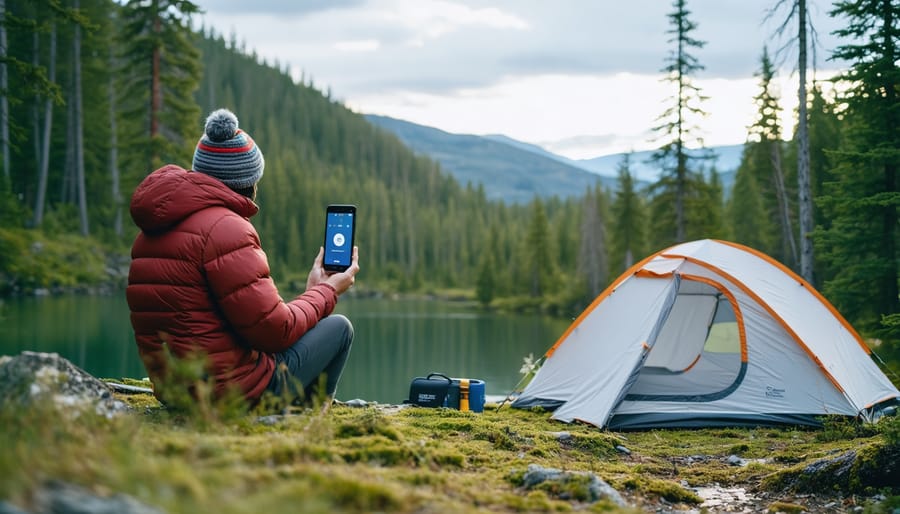



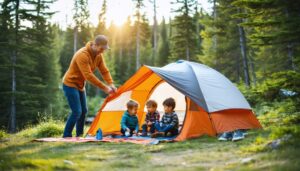


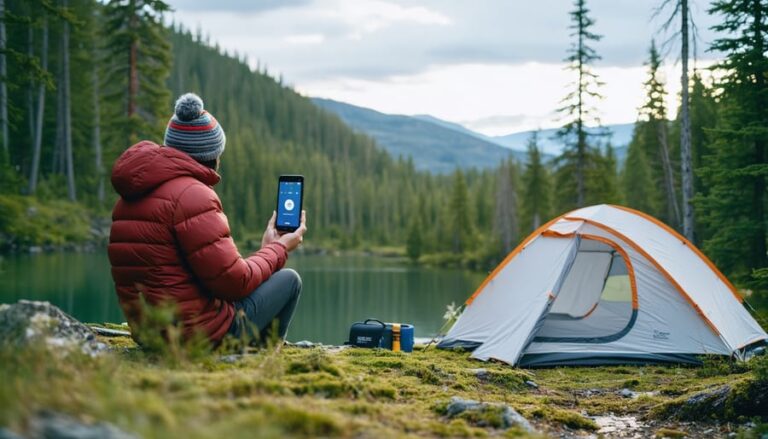
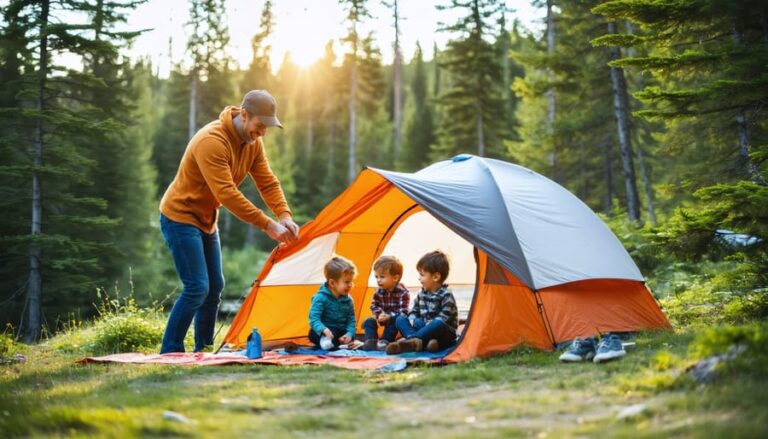


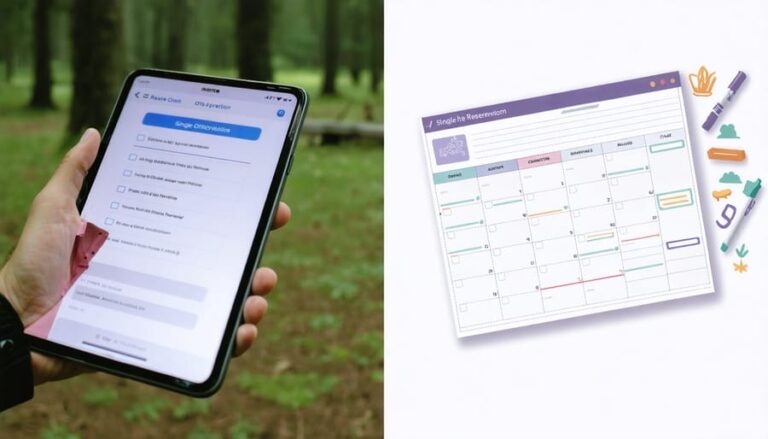
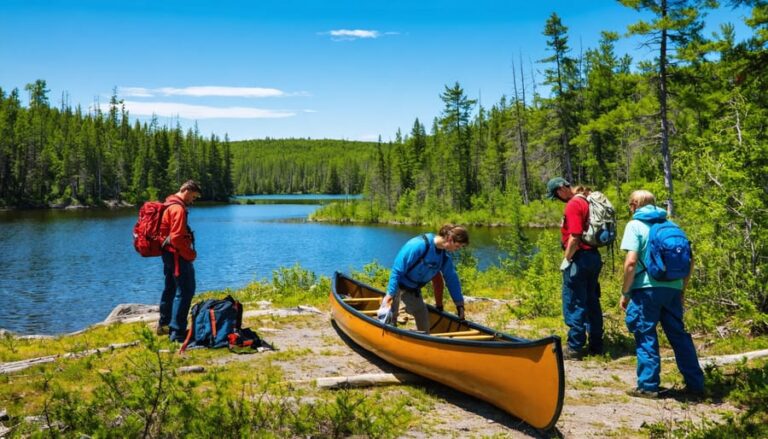
+ There are no comments
Add yours